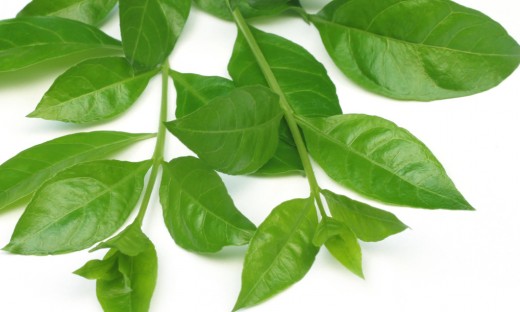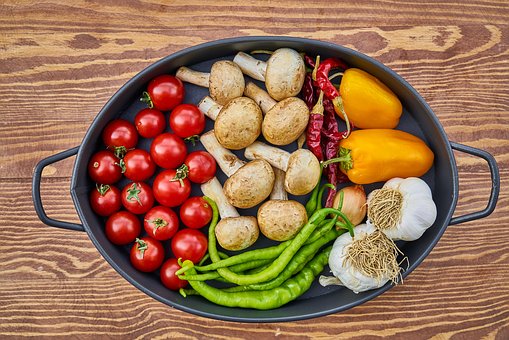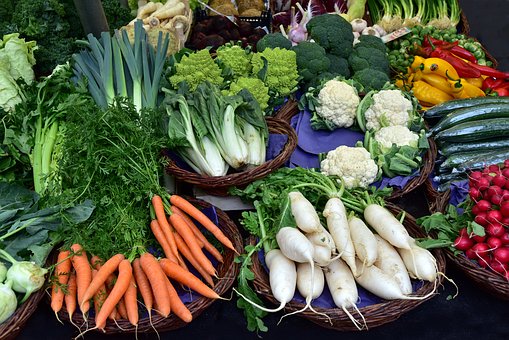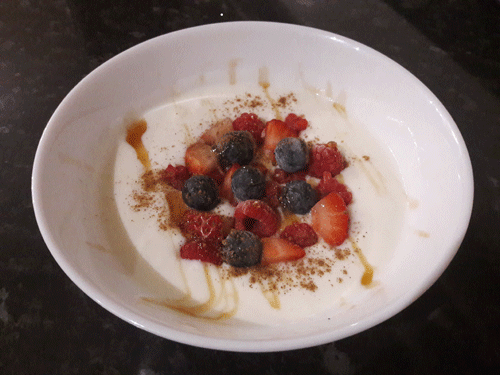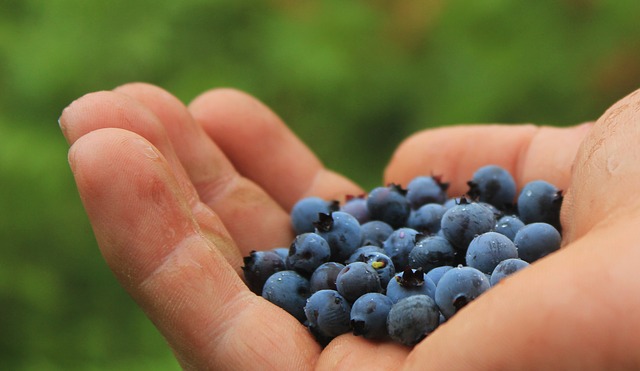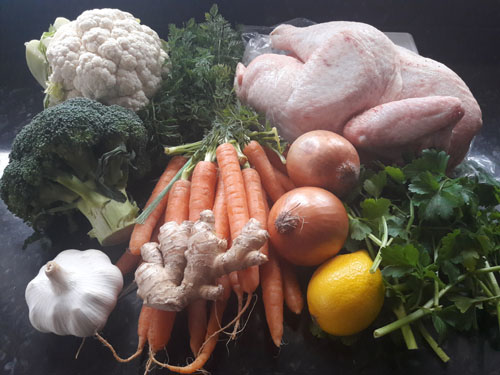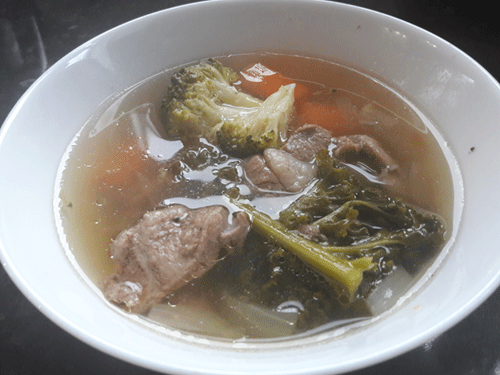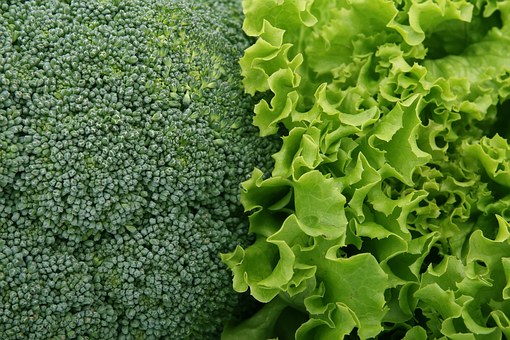Frequently Asked Questions on Raw Untreated Milk
© HealthyMuslim. See Terms and Conditions
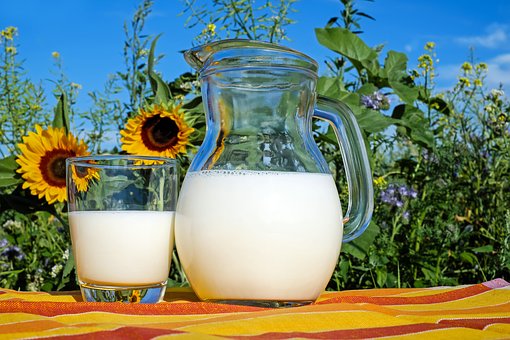
Why is it said that "Raw milk is Alive"?
Natural organic raw milk has in it vitally important living things. These include the following: beneficial bacteria, enzymes (including lipase, protease. and other), lactase forming bacteria, and many enzyme based pathogen killing systems. The common practice of pasteurization inactivates or dramatically reduces the effects of these important active (living) elements. As a result, you may be lactose intolerant when drinking pasteurized milk, but not lactose intolerant when you drink raw milk. This is because lactase enzymes are being formed when you digest raw milk. That is why we say, "only living milk brings life."
What happens to bacteria in pasteurized milk after pasteurization?
After pasteurization, bacteria found naturally in milk are killed. During the high temperature heating process, cell bodies of these bacteria are ruptured and their contents are spilled, releasing histamines. This causes many milk drinkers to suffer allergic reactions. Almost all of these same consumers can drink raw milk and not have allergies. The high levels of bacteria permitted in milk intended for pasteurization are still found in pasteurized milk; they are just dead and not removed by the process.
What is homogenization?
Homogenization is the process of destroying the natural butter fat cells found in raw natural milk. This process uses extreme pressure to break apart the soft buoyant fat cells, which cause the remaining small fat pieces to blend into milk and no longer float to the top making the cream line. Some European countries have studies that show that this process is dangerous and may strongly contribute to heart disease and arterial plaquing. Our FDA disputes these findings under pressure from the strong dairy lobby. Homogenization is not a required step, but rather a step of convenience to deny the consumer the ability to see how much cream is actually in the milk they buy.
Why is milk pasteurized?
In the 1800s, many US dairies began commercially producing low quality raw milk in the inner cities of Boston and New York and others. These Brewery dairies would feed their cows very poor quality "brewer's mash." The resulting milk was very weak and nearly blue from lack of protein, mineral, and fat content. This occurred during the Jamaican rum embargo. During this same time period, the dairy industry did not use or have access to refrigeration, stainless steel, milking machines, rubber hoses, hot water, or chlorine as a sanitizer. TB and Brucellosis were rampant (not to mention horse manure on the streets, flies, and lack of public sanitation and sewage) and the cows were milked by hand without mechanical machines. The cows stood in manure and there was no access to pasture (sounds like some factory dairy farms of 2005).
The resulting unhealthy milk from these sources literally killed millions. The heating of milk to high temperatures reduced this horrible blight. During this same time period, milk from the countryside taken from pasture grazed healthy and clean cows was the best medicine of the day. In fact, the Mayo Clinic used this high quality country raw milk as a basis for many disease curing therapies. This was the untold story of raw milk. Because of pasteurization successes, commercial interests prevailed and all dairies (the good, bad, and the ugly) then began to pool their milk so that "nobody would die," even if milk quality was very poor. This was great news for milk mass marketing, and creameries created high profits.
These pasteurization practices continue today with the chief benefit being extended shelf life. These modern dead milk products now cause allergies and lactose intolerance to huge sectors of the population. Current (PMO) Federal standards for pasteurized milk permit 100,000 bacteria per ml for milk going to be pasteurized with as many as 20,000 injured or living bacteria to be alive after pasteurization, and this may include pathogens (this is arguably the reason why milk is pasteurized). California standards for raw milk require that milk sold for raw consumption have fewer than 15,000 live bacteria per ml and no pathogens. OPDC averages about 1500 beneficial living bacteria per ml (and never a human pathogen).
What are pathogens?
Pathogens are disease causing bacteria and organisms. The three human pathogens that are tested (state mandated) at OPDC include Listeria Monocytogenes, Salmonella, and Ecoli 0157. To date, not one of these pathogens have ever been detected by any test at OPDC or conducted by any state or federal agency. Tests privately performed at OPDC (BSK labs) showed that even when these pathogens were added to OPDC raw milk at extremely high levels (7 logs) they would not grow and die off (test results available upon request).
OPDC milk products are highly pathogen resistant. In more than 32 million servings, and more than five years of intensive testing, not one single pathogen has been found or detected. Not one person has complained to the state of CA that they have become sickened by an OPDC product. Tests performed by UC Davis, Dr. C. Berge DVM revealed something quite startling: Fresh manure from OPDC cows did not contain Salmonella. At other dairies tested, many of the findings were positive (31% of conventional milk tanks tested showed a human pathogen present).
In summary, it has been theorized that the combination of grass feeding, no antibiotics used, no hormones, and low levels of grain used in diet cause a change in the cows immune system and rumen. This change in physiology directly inhibits pathogen development in the milk (actually a transfer from environmental contamination that does not seem to occur; there are no bad bugs in the manure that transfer into the milk and the clean raw milk is highly pathogen resistant).
What are enzymes?
Enzymes are specialized proteins that assist in the breaking down (hydrolyzing) and digestion of foods into useful elements that can be utilized, absorbed, or stored by the body. Enzymes are identified by the use of the ending "ase" associated with their name. For instance Lipase helps digest lipids (fats). Lactase helps digest lactose sugar (milk sugar). If your body does not produce and have available specific enzymes, then you may not be able to utilize certain food sources, or absorb certain minerals, etc. Phosphatase, which is key to the absorption of calcium, is inactivated by pasteurization. In fact, the test for effective pasteurization is called the "negative phosphatase test." Is it no wonder that Americans are suffering from osteoporosis at a rate higher than ever. It is now considered a US health crisis. A little trick that is not commonly known is that if you drink plenty of raw milk, lactose intolerant people can then tolerate limited amounts of pasteurized milk products, including ice cream. There is a sharing of required missing enzymes (lactase) and bacteria that are required in the gut, making a person not intolerant of lactose containing products.
What are Immunoglobulins?
Immunoglobulins (antibodies) are immune system boosting elements found in the blood stream. They include IgA, IgD, IgE, IgG, and IgM, which among other things neutralize toxins and counter microbial attack. They are collected during pregnancy (in the breasts and udders of mammals) and are transferred to the newborn via colostrum (first milk) after being born. These essential protective proteins form a big part of the immune system and respond to disease and infection. Bovine colostrum contains high levels of these antibodies.
Why does colostrum appear pink or yellow sometimes?
All bovine colostrum contains some blood cells (RBC and WBC). Sometimes this is visible and sometimes it is not depending upon the cow and whether she had some red blood in her first milk. This is normal. OPDC attempts to limit the amount of visible blood that is in colostrum, but on occasion the colostrum may appear slightly pink. The yellow color in the colostrum is caused by Lactoferrin: Rich vitamin levels and the natural fat color of milk fat. All of this colostrum is normal, and completely safe.
What can I do with warm or soured raw milk?
Soured raw milk is still a vitally nutritious product and should be cultured for optimal flavor and taste. If you find yourself with a container of souring milk, just put in some live culture (some yogurt or store bought kefir starter available through www.bodyecologydiet.com), then set the product out for 24 hours at 90 degrees. The resulting food is wonderful, delicious, digestible, and highly nutritious. In most countries this is how people drink their milk. Our great grandparents called it Clabbered milk. Other raw milk and raw dairy recipes are available by calling OPDC at 1-877-RAW milk.
Why do OPDC products carry a "government warning" that states that the consumer may be sickened by this raw dairy product?
Government regulations now require many living foods to carry a warning label, including meat, poultry, fish, and fresh juices. This came about because of the ever weakening immune system of the average American citizen. More and more US consumers have severely weakened immune systems and can become ill by eating small amounts of foreign bacteria that their bodies are not familiar with. It has been estimated that about 70% of the strength of a healthy immune system is made up of the diversity of living bacteria found in the intestines. Raw milk provides a perfect source for the "seeding and feeding" of these diverse populations of living bacteria.
The average American diet is practically devoid of living bacteria (all killed foods and few bacterial sources). Our immune systems have suffered as a direct result. Consuming raw milk and dairy products is an important step towards regaining immune strength and overall health. On occasion a new raw milk consumer may have some diarrhea from over drinking raw milk for the first time. This is rare and should be considered very normal. After all, the intestine has never seen such an incredible introduction of new and diverse beneficial bacteria and does not have any idea what to do. It is possible, but highly unlikely, that pathogens may be transmitted in raw milk just as they may be transmitted in all other foods.
OPDC has demonstrated that even when high levels of pathogens were introduced into raw milk, they die off and do not grow (BSK tests). In fact, pathogen killing safety systems are hard at work, keeping raw milk safe even if it has been contaminated. To date, there has never been a human pathogen ever detected in any OPDC product, in the plant, or from any test. OPDC products are highly pathogen resistant. Because OPDC can not predict the future and know what is yet to come, it is possible that someday a pathogen may be detected in an OPDC product.
If you are a healthy OPDC consumer this should have no noticeable effect. Your immune system will deal with it and you will probably not even know that a pathogen was in your raw dairy product. This is evident when reading CDC reports of raw milk illness. The farm and dairy consumers never get ill; it is the first time raw consumers (with weak immune systems) that become ill. This is exactly why all people should drink lots of raw milk. A strong immune system is a gift of freedom and of health. It is your choice, and with raw milk (exercise, good hydration, a whole-food diet, and plenty of love) you need not become ill, ever. Choose life!
What diseases are aided by consuming raw milk and raw dairy products?
OPDC may not make a medical claim or post cures for any disease process relative to any OPDC product. That is a crime under current FDA law. We can recommend that you visit www.realmilk.com, www.westonaprice.org, or www.mercola.com, and other websites that will list literally 50 different illnesses that are directly, naturally, and positively affected by consuming raw milk. Please see the testimonial part of this website for a list of links, testimonial stories of healing and recovery. They are dramatic and compelling.
FDA regulations make it difficult for us to share specifics. Please see web links, or read Dr. Porter's book Milk diet as a Remedy for Chronic disease.
Source: Organic Pastures, a producer of raw untreated milk in California.
Link to this article: Show: HTML Link • Full Link • Short Link
Share or Bookmark this page: You will need to have an account with the selected service in order to post links or bookmark this page.





|
Related Articles:
- Illnesses Associated With Pasteurized, Homogenized Milk
- Are You Drinking Living Milk Or Dead Milk?
- Drink It Raw: Great Article On Unprocessed Milk
- Untreated Raw Milk Gains in Popularity and Demand
- Frequently Asked Questions on Raw Untreated Milk
- How To Make Almond Milk
You must be registered and logged in to comment.
Most Popular
Latest Articles
Popular Subjects
Health, fitness and longevity
Based upon the principles of health
in the Qur'an and Prophetic Traditions.
HealthyMuslim.Com
There are two bounties in which
most people lose out: good health
and free time. Al-Bukhari.








